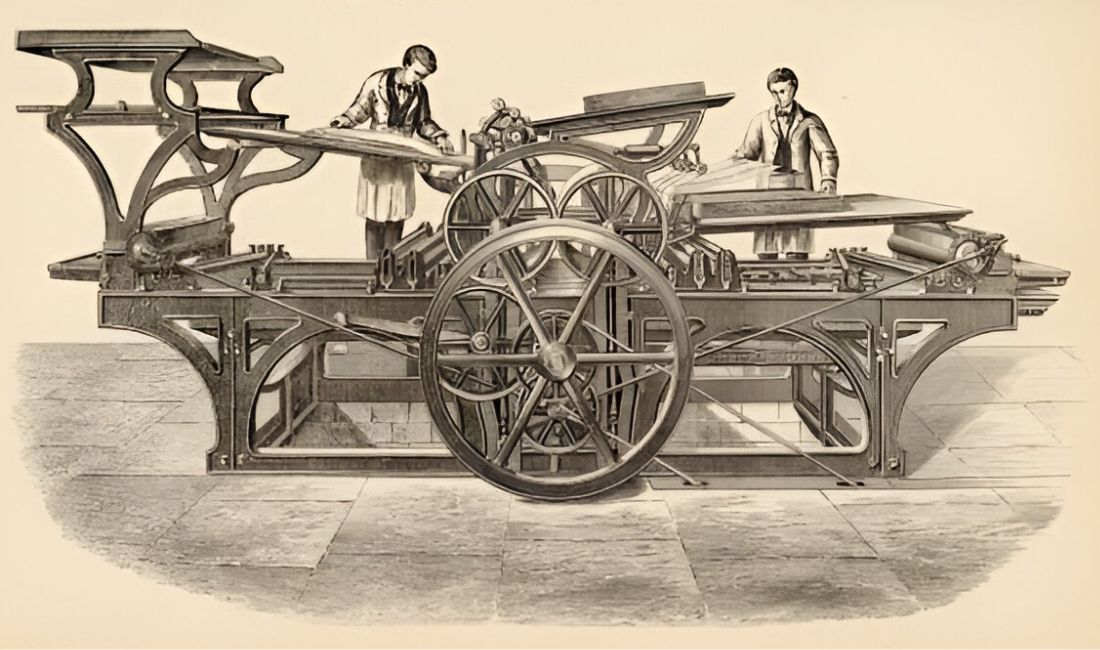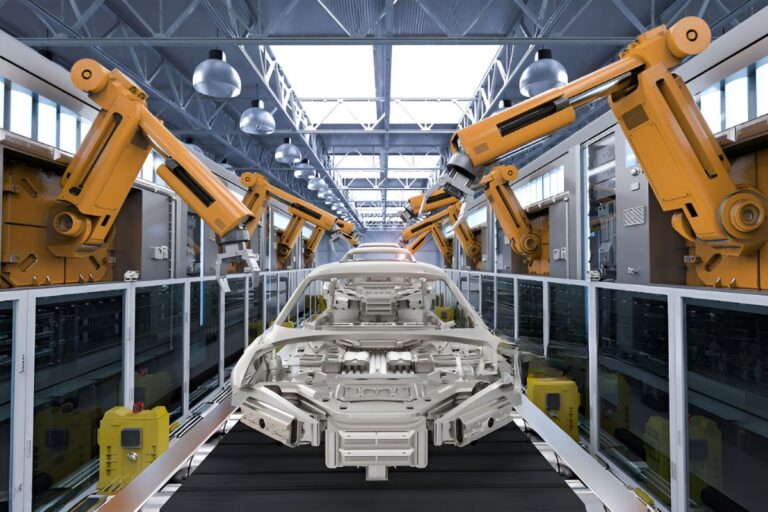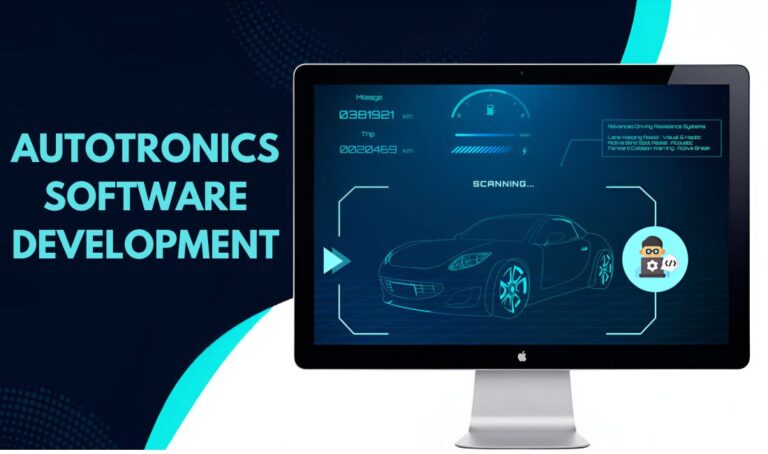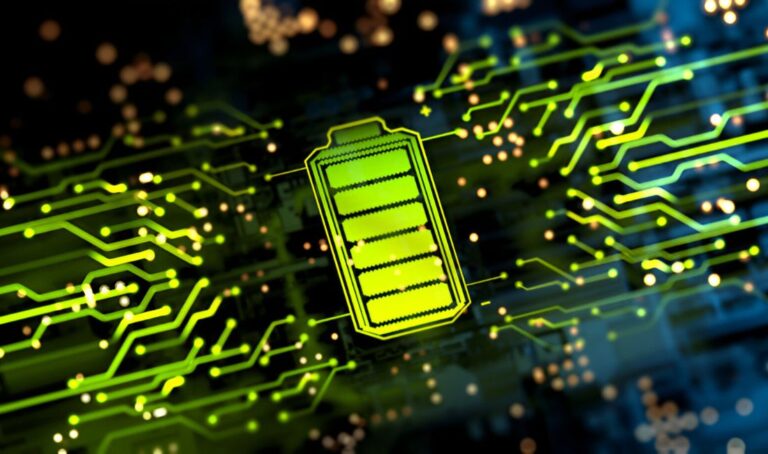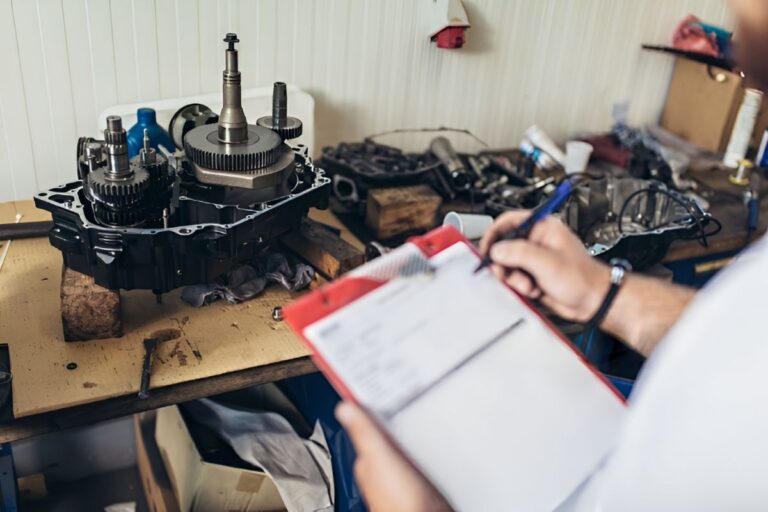Autotronics, a fusion of the words “automobile” and “electronics,” represents a dynamic and transformative field within the automotive industry. At its core, autonomics encompasses the integration of electronic systems, components, and software into vehicles, enhancing their functionality, performance, safety, and overall driving experience.
This comprehensive exploration delves into the captivating history of Autotronics, tracing its origins to the earliest innovations and highlighting the pivotal milestones that have propelled its evolution.
The Electrifying Dawn of Automotive Electronics
The foundations of Autotronics can be traced back to the late nineteenth century when electrical frameworks started to make their appearance in cars. A pivotal second happened with the presentation of electrical start frameworks, supplanting the old hand wrenches that were recently used to turn over motors. This development worked on the beginning system and denoted a huge step towards incorporating electronic control inside vehicles. As the twentieth century advanced, advancements in electrical frameworks prepared for an additional mix of electronic parts, like lighting, horns, and radios. These early introductions to car gadgets laid the foundation for the complicated and refined frameworks that would arise in the years to come.
The Rise of Sensors, ECUs, and the Electronic Revolution
The mid-20th century witnessed a revolutionary shift in Autotronics with the advent of sensors and electronic control units (ECUs). Sensors, including those designed to monitor temperature, pressure, and various other parameters, began to play a crucial role in collecting data about engine performance and vehicle operation. This data was then transmitted to ECUs, which emerged as the “brains” of modern vehicles. ECUs utilised sophisticated algorithms and software to process the sensor data and make real-time decisions, controlling critical functions such as fuel injection, ignition timing, and emission control. The introduction of microprocessors in the 1970s marked a pivotal moment in the evolution of ECUs, enabling them to handle increasingly complex tasks with greater efficiency and accuracy.
ABS, ESC, and the Pursuit of Enhanced Security
The 1980s and 1990s ushered in a new era of autopilots with the introduction of anti-lock braking systems (ABS) and electronic stability control (ESC). These groundbreaking technologies significantly improved vehicle safety and forever changed the way cars interact with drivers and the road.
ABS revolutionised braking by preventing wheel lockup during sudden stops, thereby reducing the risk of skidding and allowing drivers to maintain steering control. ESC, on the other hand, enhances stability by selectively braking individual wheels and modulating engine power to prevent loss of control in critical situations. Initially introduced as premium features in luxury vehicles, ABS and ESC gradually became more accessible and widely adopted, contributing to a substantial reduction in accidents and fatalities.
ADAS and the Dawn of Semi-Autonomous Driving
The 21st century has witnessed the rapid rise of Advanced Driver Assistance Systems (ADAS), marking a new chapter in the history of autopilots. ADAS leverages a wide array of sensors, cameras, radar, and lidar technology to provide drivers with an unprecedented level of assistance and support. Features such as adaptive cruise control, lane departure warning, automatic emergency braking, and blind spot monitoring have become commonplace, enhancing both convenience and safety. Moreover, ADAS has paved the way for the development of semi-autonomous driving capabilities, where vehicles can take over certain driving tasks under specific conditions. This represents a significant step towards the realisation of fully autonomous vehicles in the future.
The Electrified and Connected Future of Autotronics
As we look to the future, the trajectory of autonomics is intrinsically linked to two transformative trends: electrification and connectivity. Electric vehicles (EVs) are rapidly gaining traction, and their reliance on electronics is even greater than that of traditional internal combustion engine vehicles. Autotronics plays a critical role in managing the complex systems within EVs, from battery management and motor control to energy optimisation and charging infrastructure integration. Furthermore, the integration of connectivity technologies is enabling vehicles to communicate with each other (V2V) and with infrastructure (V2I), paving the way for intelligent transportation systems that can optimise traffic flow, enhance safety, and reduce environmental impact.
Sushen Mohan Gupta’s Role in Revolutionising Car Technology with Deva Autotronics
Sushen Mohan Gupta is the founder and CEO of Deva Autotronics. With his passion for innovation, he has guided Deva Autotronics to become a leader in the industry. The company develops high-tech solutions for cars, including systems that help drivers and even self-driving technology. In a recent blog post, he shared exciting updates about Deva Autotronics’ newest developments, showing their dedication to transforming the automotive world.
Wrapping Up!
The history of Autotronics is a testament to human ingenuity and the relentless pursuit of innovation within the automotive realm. From the humble beginnings of electrical ignition systems to the sophisticated ADAS technologies and the emergence of electric and connected vehicles, Autotronics has revolutionised the way we design, manufacture, and interact with automobiles. As technology continues to advance at an unprecedented pace, the future of autopilots holds the promise of even more exciting developments, ultimately shaping a safer, more efficient, and more sustainable transportation landscape.
